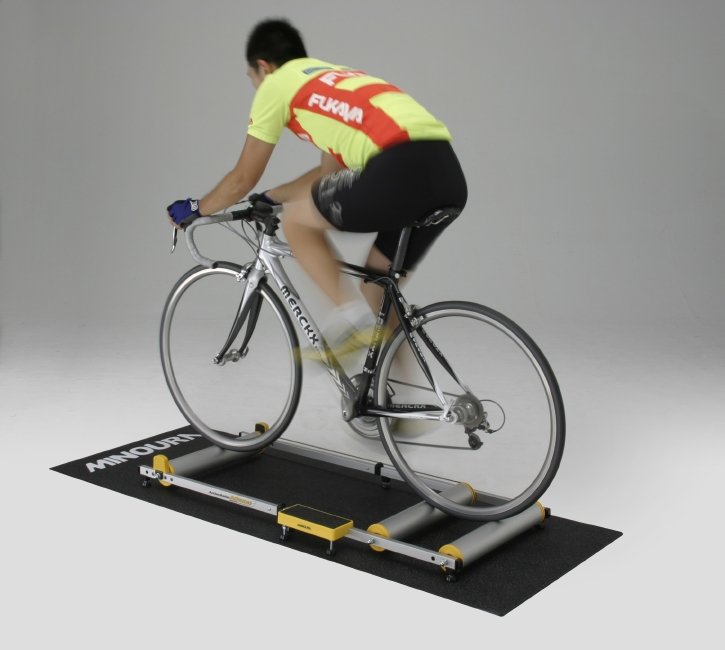Gyroscopic forces have nothing to do with steering a bike, and absolutely nothing to do with it staying upright.
The bike turns because the steering
is turned towards the direction you want to turn. That's not anything you did at the handlebars, it's the result of the rake and trail. You push the bar on the side you want to turn to, which induces the lean, and during the lean the rake/trail puts the wheel into the turn. Look down at the triple tree while in a 40-degree lean and you'll see. OK, maybe point the video camera at the triple tree.....
The lean also induces an effect from the rake/trail combination that forces the front sideways more than the steering angle alone.
Counter-steering doesn't stay in place. It induces lean, then the rake/trail effect puts the wheel at a certain angle. You want to turn harder, you need more lean, so you push the inside bar again. Even as you hold pressure on the inside bar, the steering angle changes with the lean. If you pushed the bar right 5 degrees and then
held it 5 degrees to the right, you'd lowside to the left pretty hard.
As for two wheels staying upright, it ain't gyroscopes. The bike
always wants to fall one way or the other. As it leans, the front wheel steers into the lean to put the center of gravity back between the wheels rather than to one side or the other. The bike stays upright by steering into the fall. When you
want the bike to turn, you push the bar to keep the lean going, but the bike is
still turning towards the fall, keeping itself off the ground. When you're through turning, you remove pressure from the bar and it stands up. By itself. If bicycles and motorcycles didn't do that (stay up by self-steering into the fall and forcing the center of gravity over the line between the wheels) then riding no-hands would not be possible.





